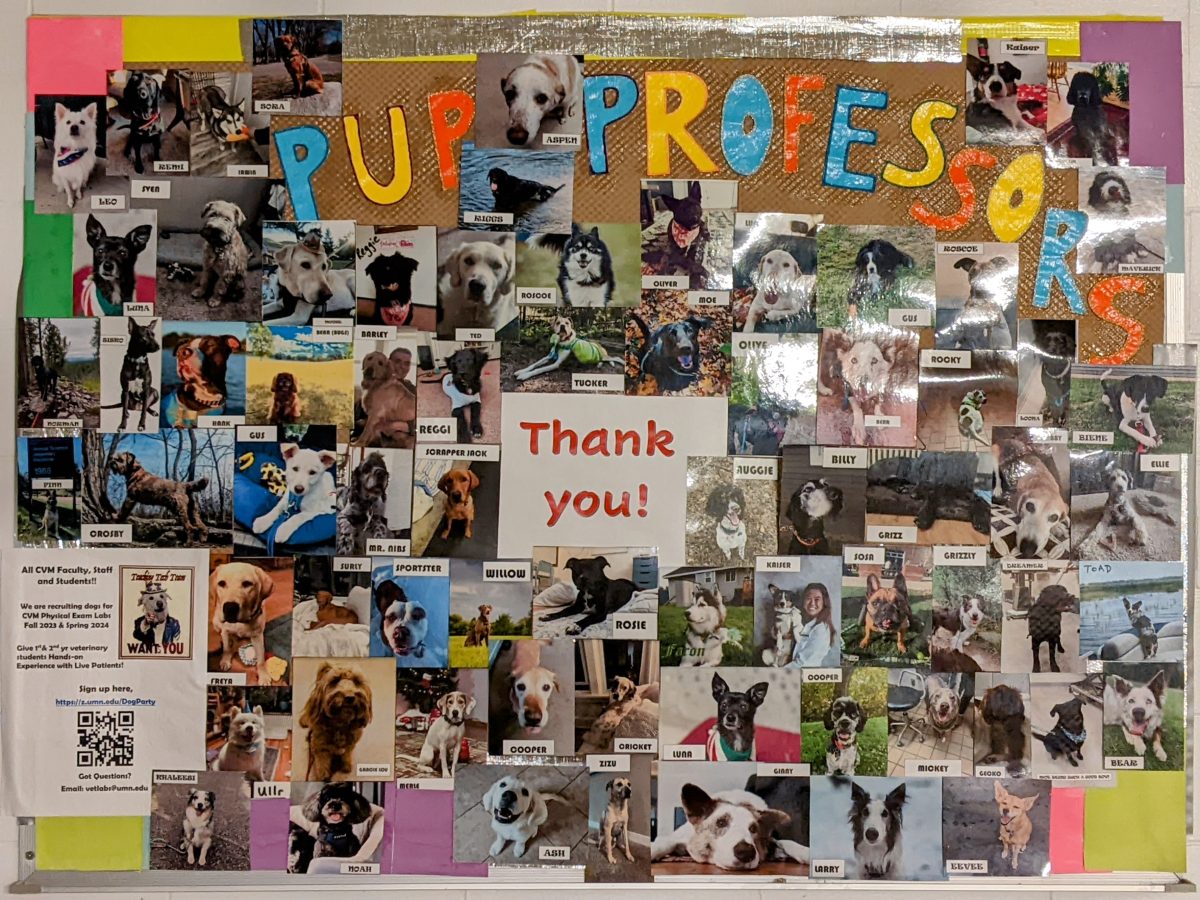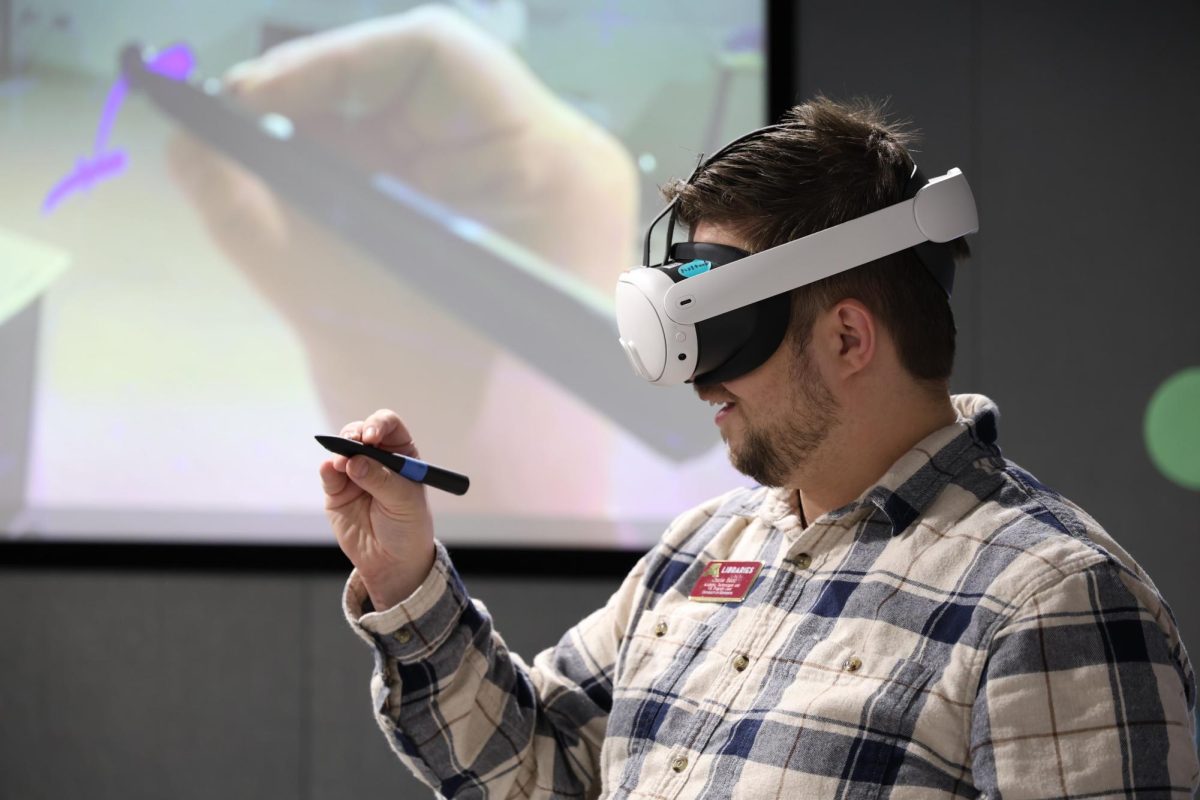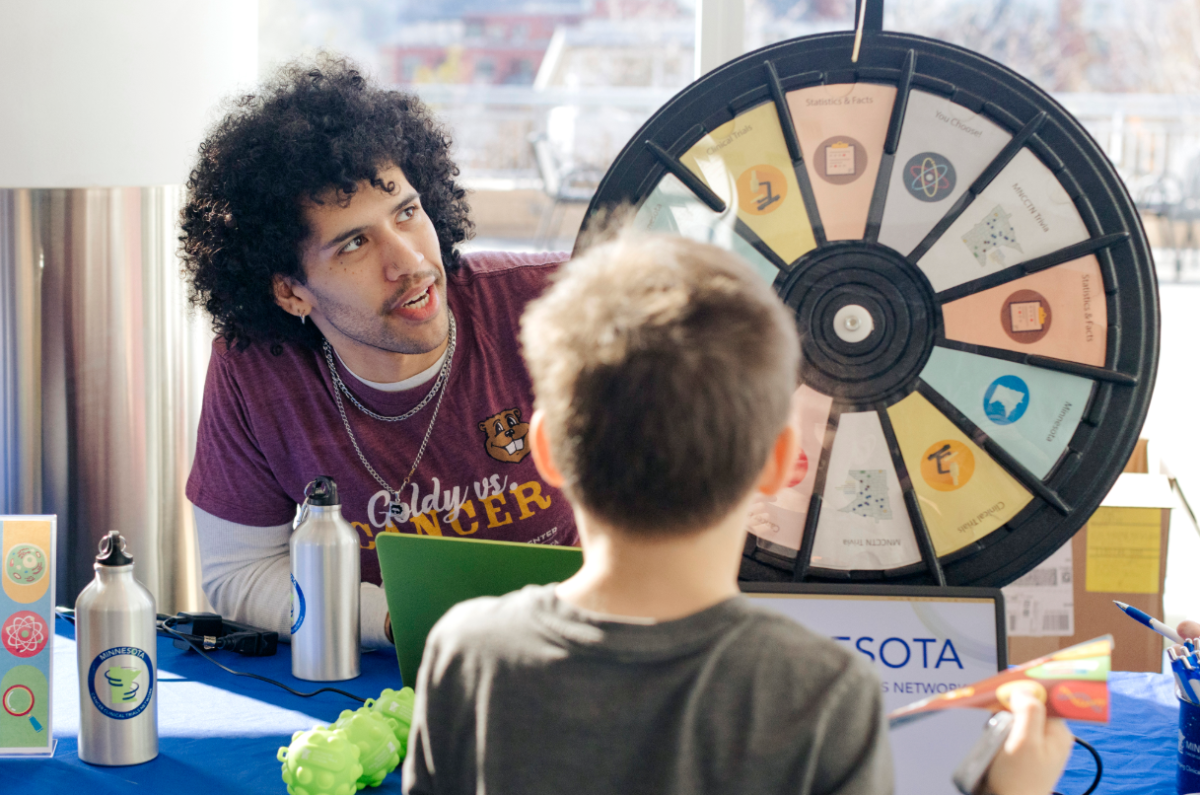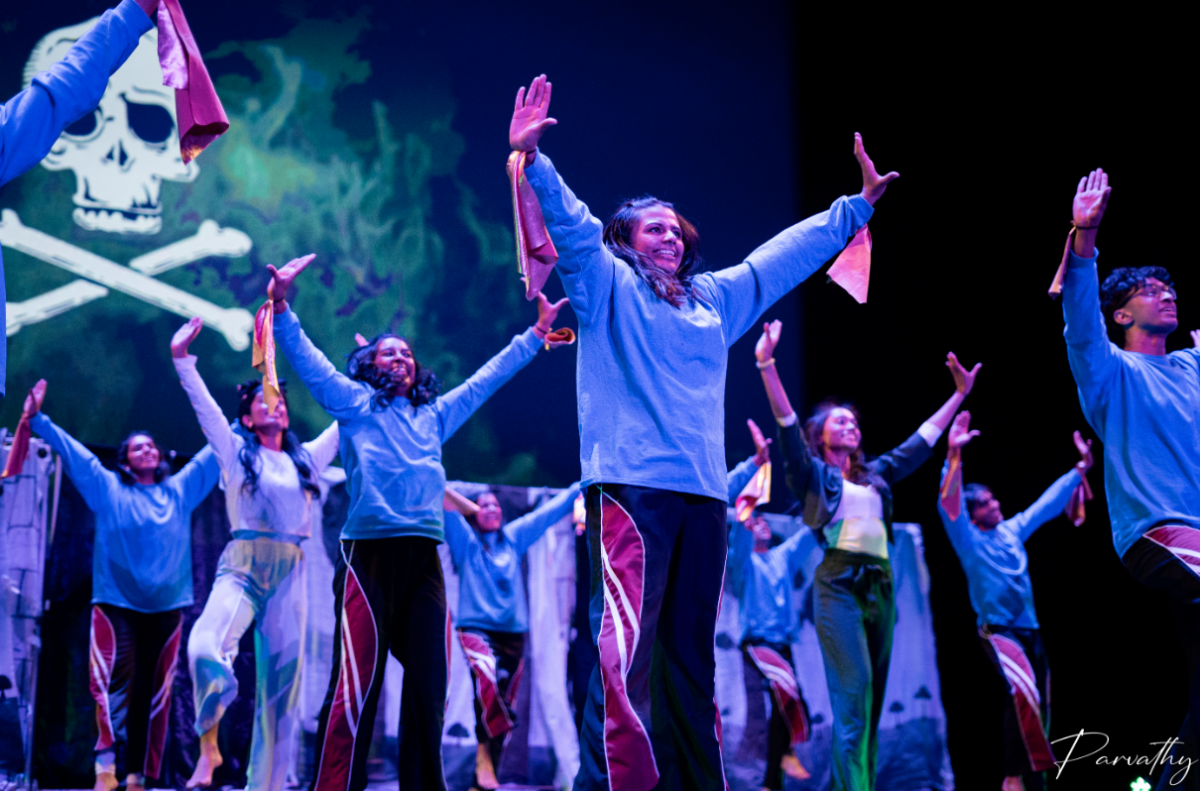The University of Minnesota’s College of Veterinary Medicine (CVM) implemented a program called “Pup Professors” in fall 2022, which brings in volunteer dogs who play the role of patients for first- and second-year students to examine.
The dogs are typically pets of CVM faculty, staff and students, who can have their dog qualify to participate in the program.
The Pup Professors Program provides students with practice on live dogs under the guidance of professors, residents and interns, according to second-year CVM student Hailey Fink.
Dr. Susan Spence, an assistant professor at CVM, said the goals of the student’s examinations of the dogs vary by the year they are in.
“For the first-years, it is really about looking at what is normal in the dogs and for the second-years, you start to look at what is abnormal and how to describe it,” Spence said.
The dogs who participate in the program must be well-socialized and comfortable with being examined, according to Spence.
Sophie Ramirez, a first-year student in CVM, said she did “nose-to-tail” physical exams of the dogs to check on their wellbeing.
Ramirez added that students look at respiration rates, temperature, pulse and the overall health of the dogs to see if there are any abnormal findings.
“The main point of ‘Pup Professors’ last semester was to practice those physical exam skills we learned in our clinical skills class,” Ramirez said.
There are also independent learning modules students completed prior to participating in the lab, Spence added.
Melissa Wolfe, a teaching technician who runs the program, said that over the past two years, there have been numerous opportunities for students to practice with the “pup professors.”
Wolfe added there is a lot of variability in the dogs selected for participation in the program.
“Now that we have 70-plus dogs, students will see different dogs on different days and different times,” Spence said. “This is just what we are trying to get at: the variability.”
According to Ramirez, taking the skills she has learned in class and applying them in this program has been valuable, especially since the first-year curriculum is mostly based on lectures and learning anatomy and physiology.
“It’s pretty low stakes because you have your peers and a professor with you the whole time you are doing the exam,” Ramirez said. “I felt like I really got to take my time to practice the skills I learned.”
Ramirez added that students are corrected on the spot by instructors if they miss something or mess anything up.
Fink said she has had the opportunity to bring her dog Grizzly into the lab for the program.
“I love bringing him in because he really likes being around people, and he’s a very social dog,” Fink said.
Fink added she has enjoyed seeing Grizzly grow as a dog from participating in the program.
“I’ve noticed that since we’ve been doing the program, he is a lot more comfortable kind of just being poked and prodded all over by random people,” Fink said. “That makes actual vet visits significantly easier.”
Ramirez said the hands-on aspect of the program has been crucial to her learning of what it would actually look and feel like examining an animal as opposed to reading and watching videos for class.
“The more you practice, the more you know,” Ramirez said. “The more animals you can see, the more you can realize when something abnormal comes up, so I feel a lot more confident now than I did at the beginning of the semester.”








